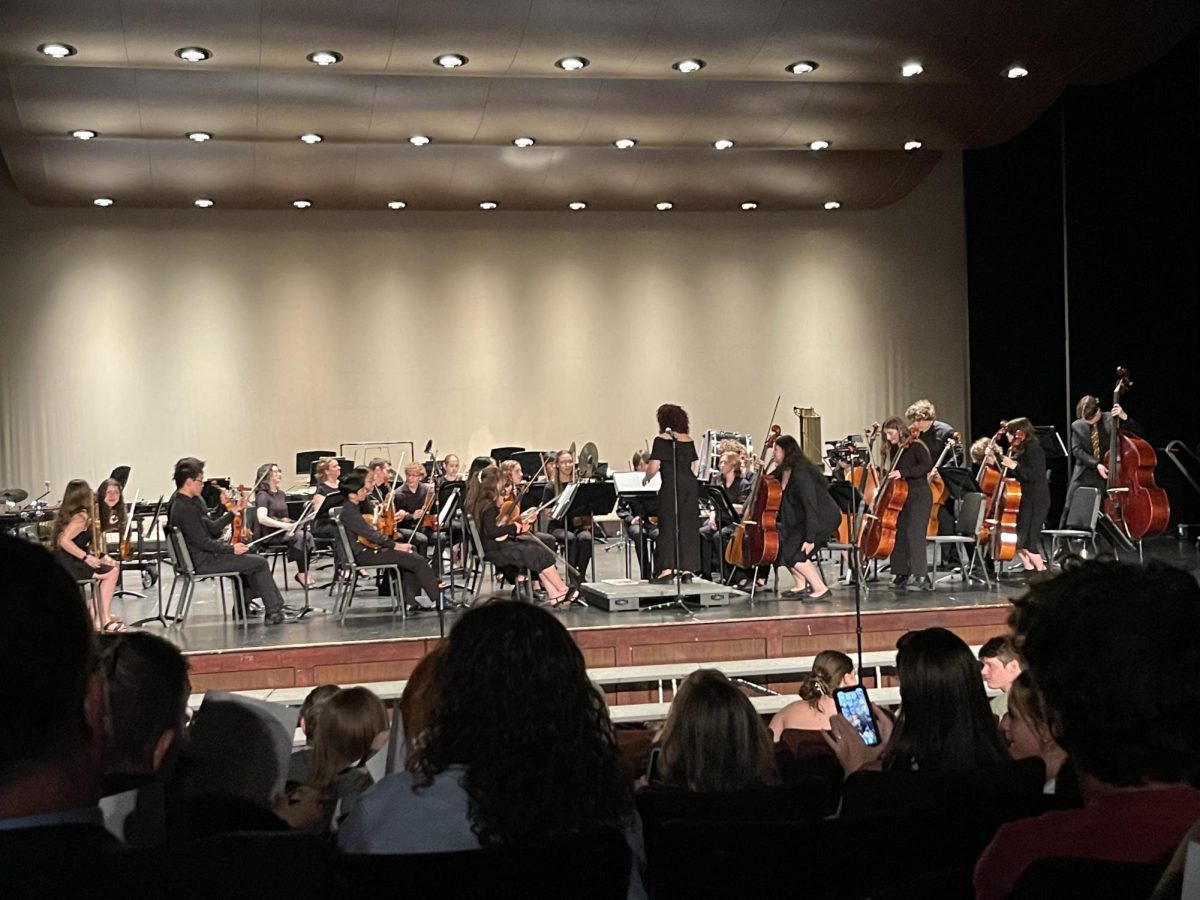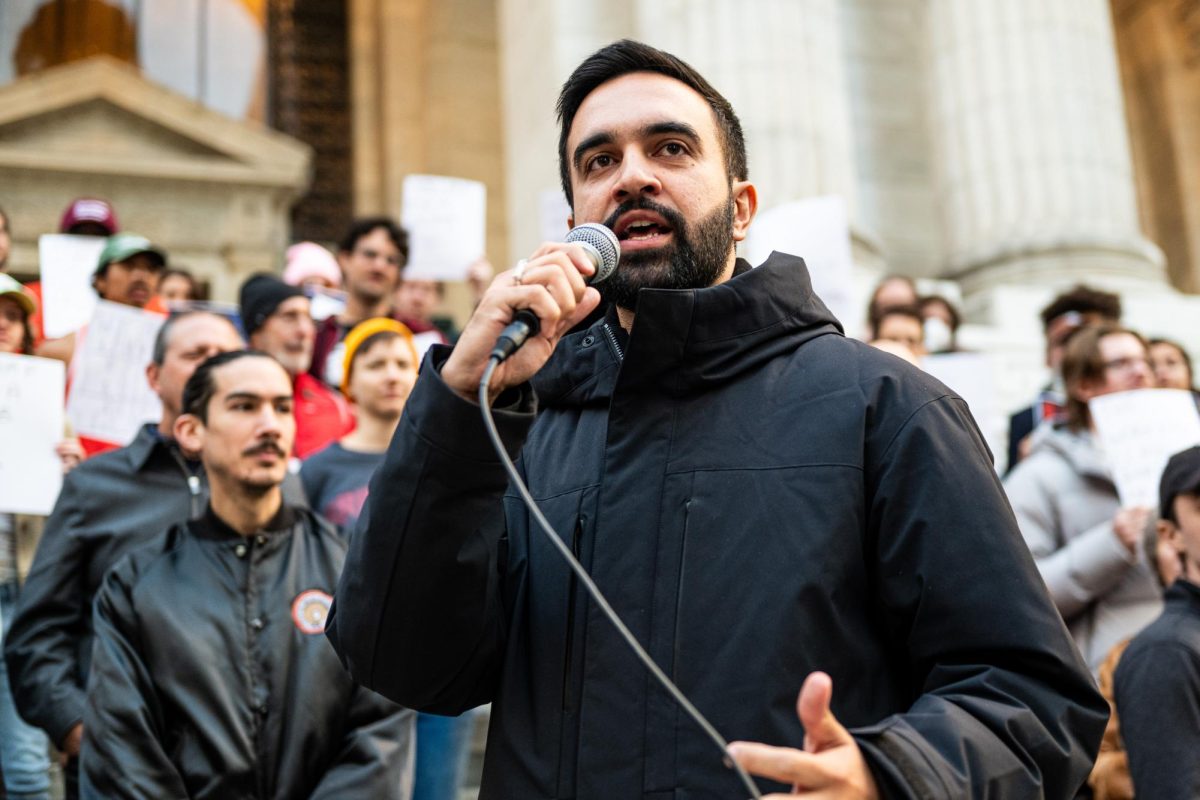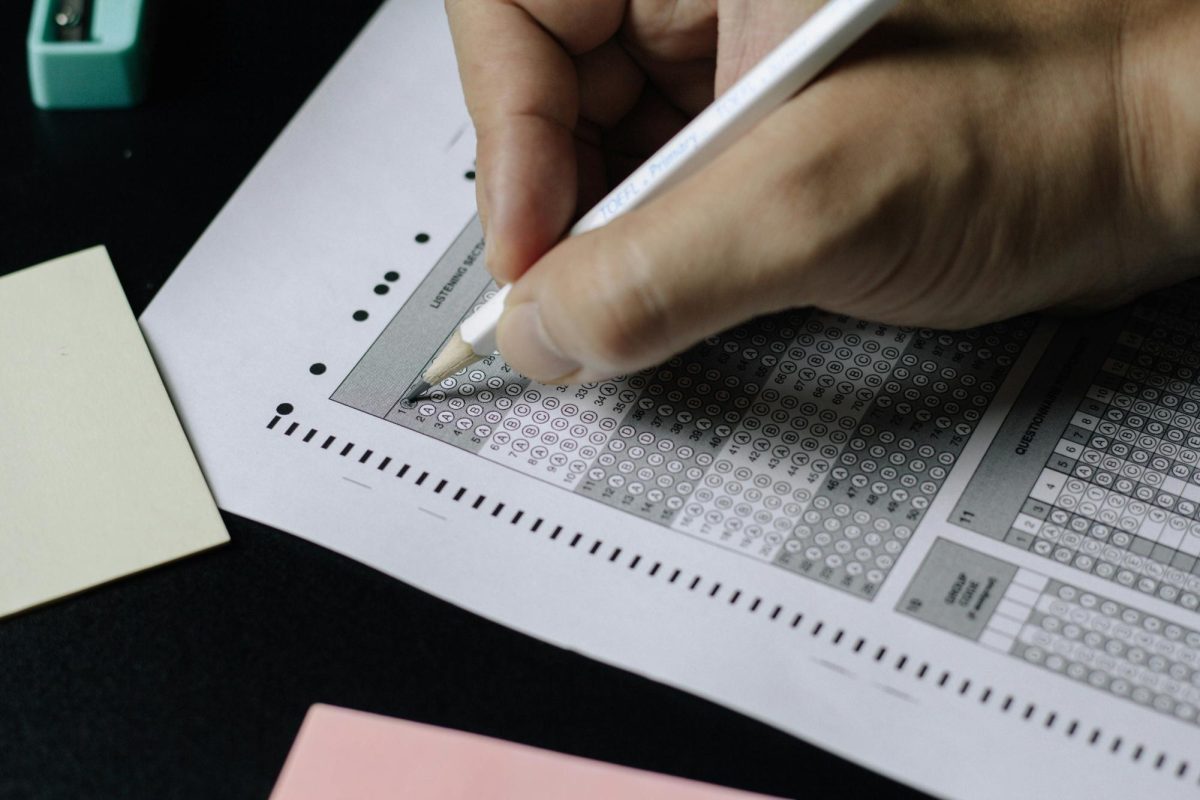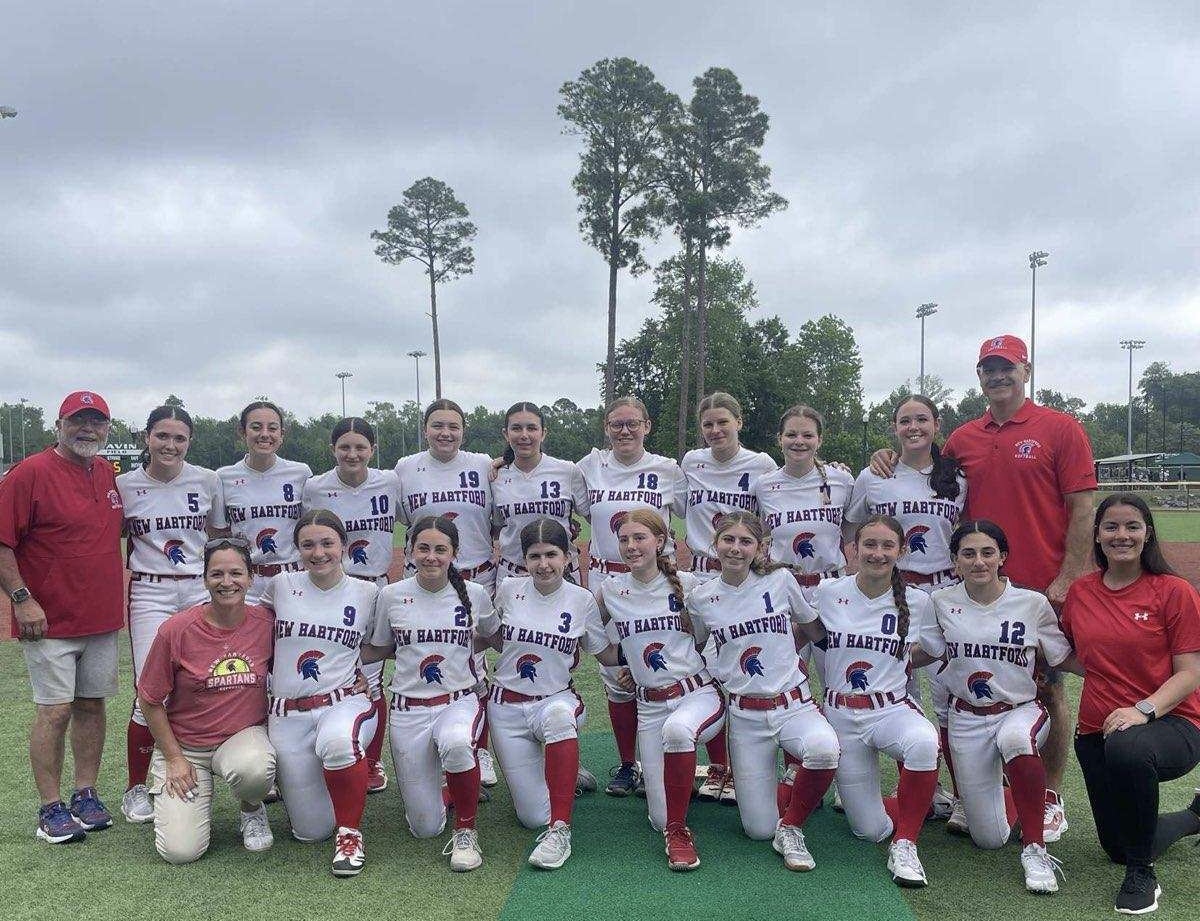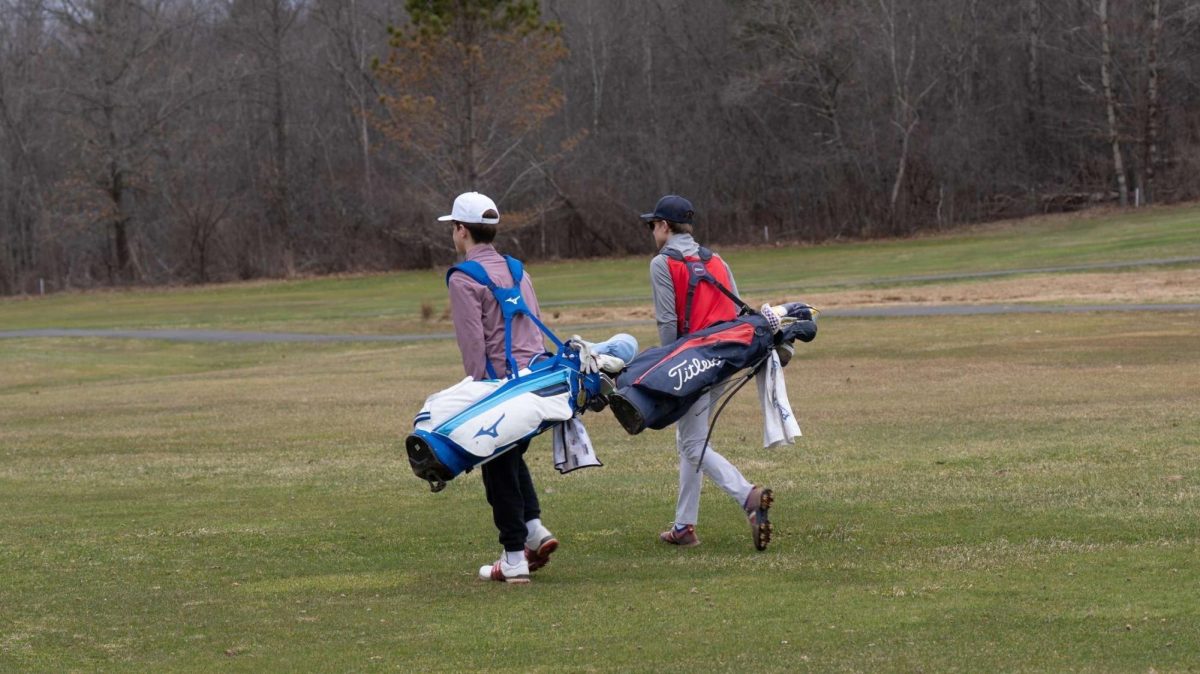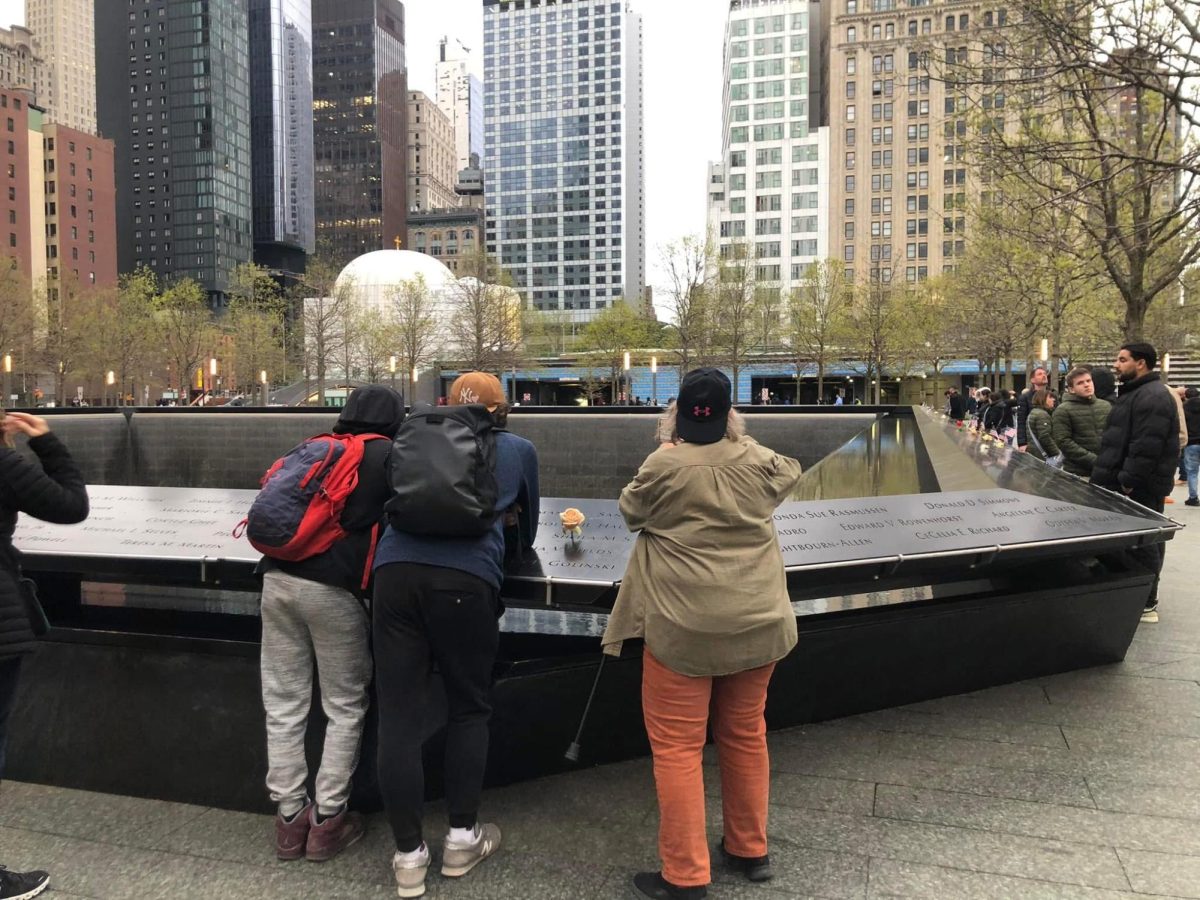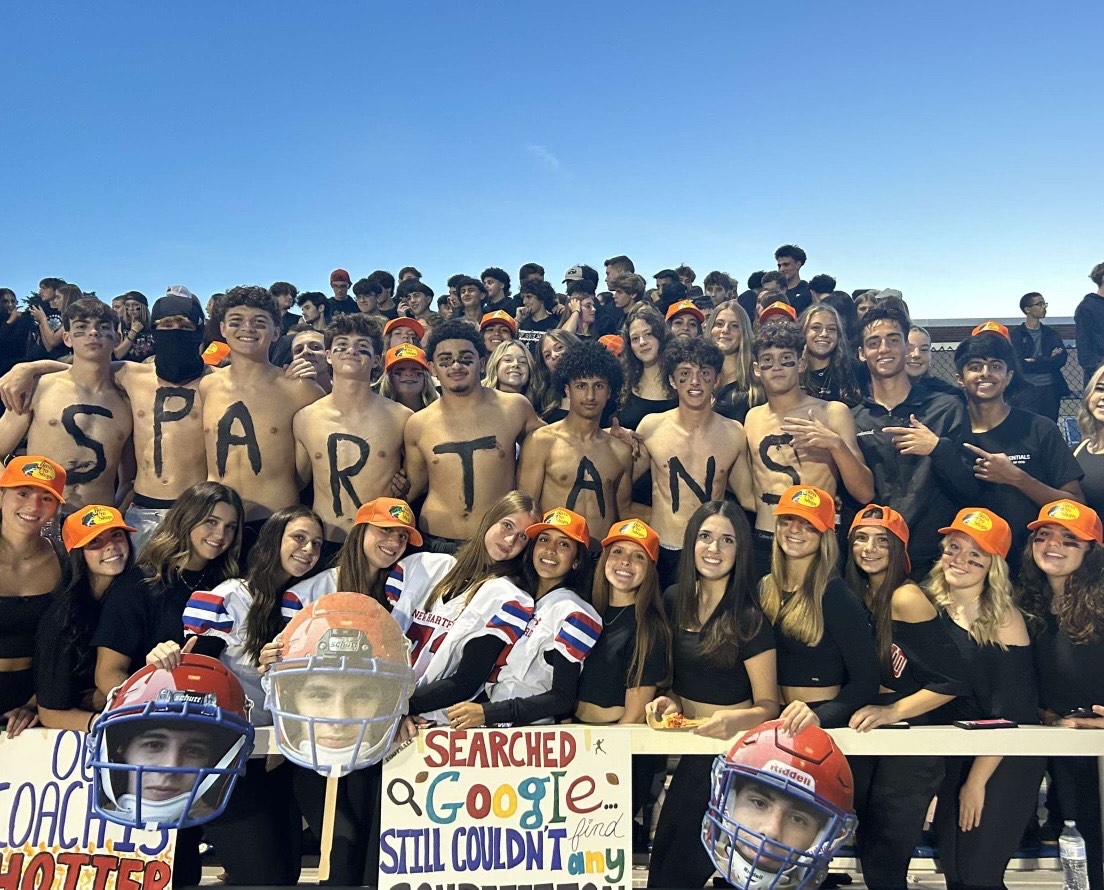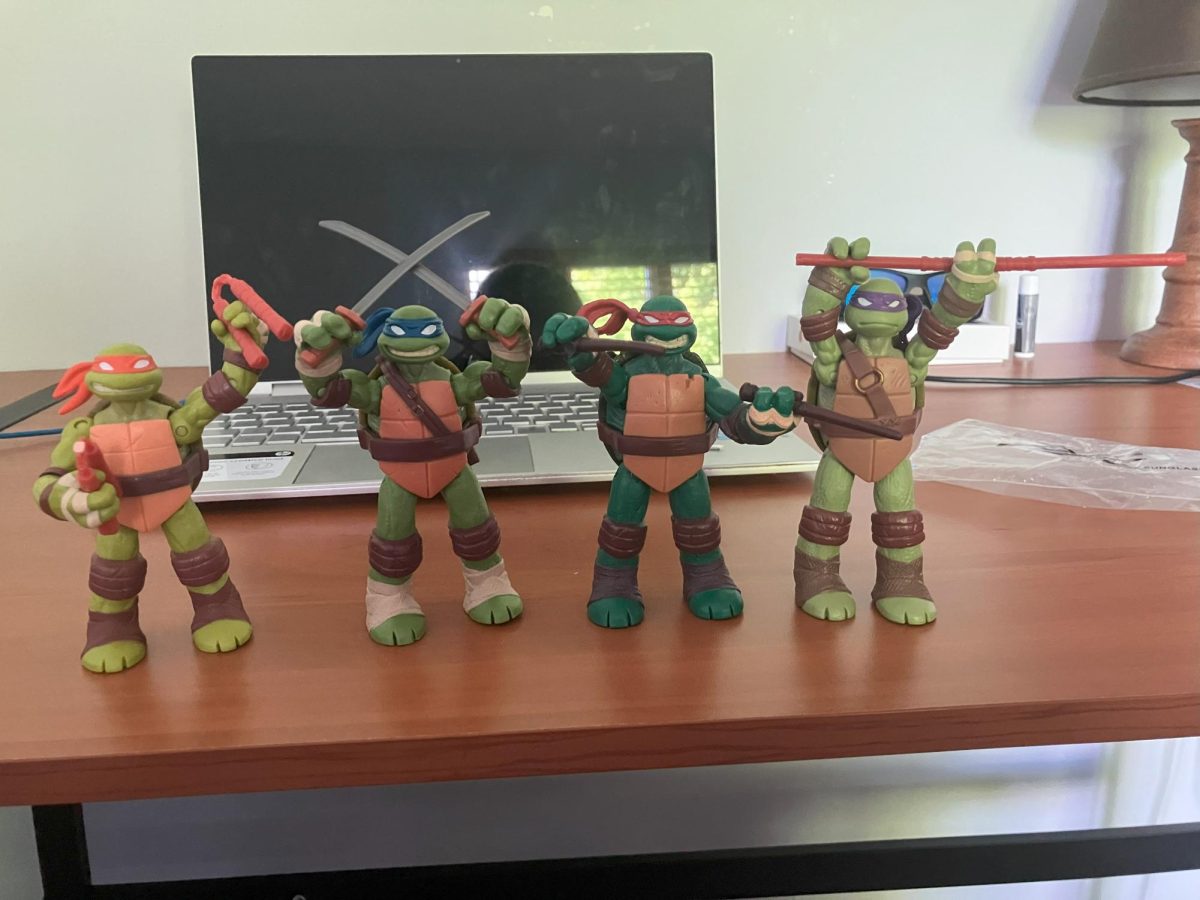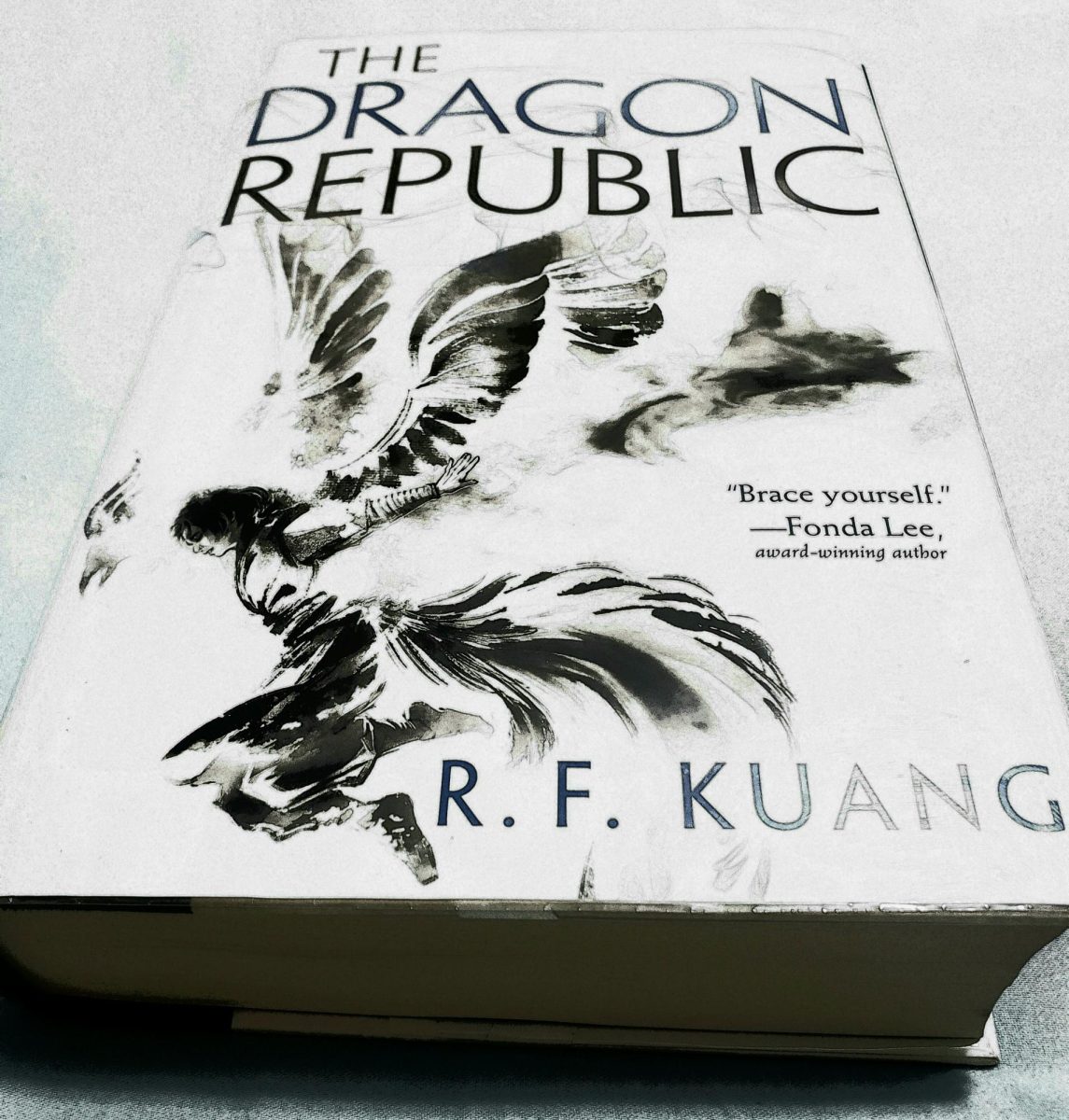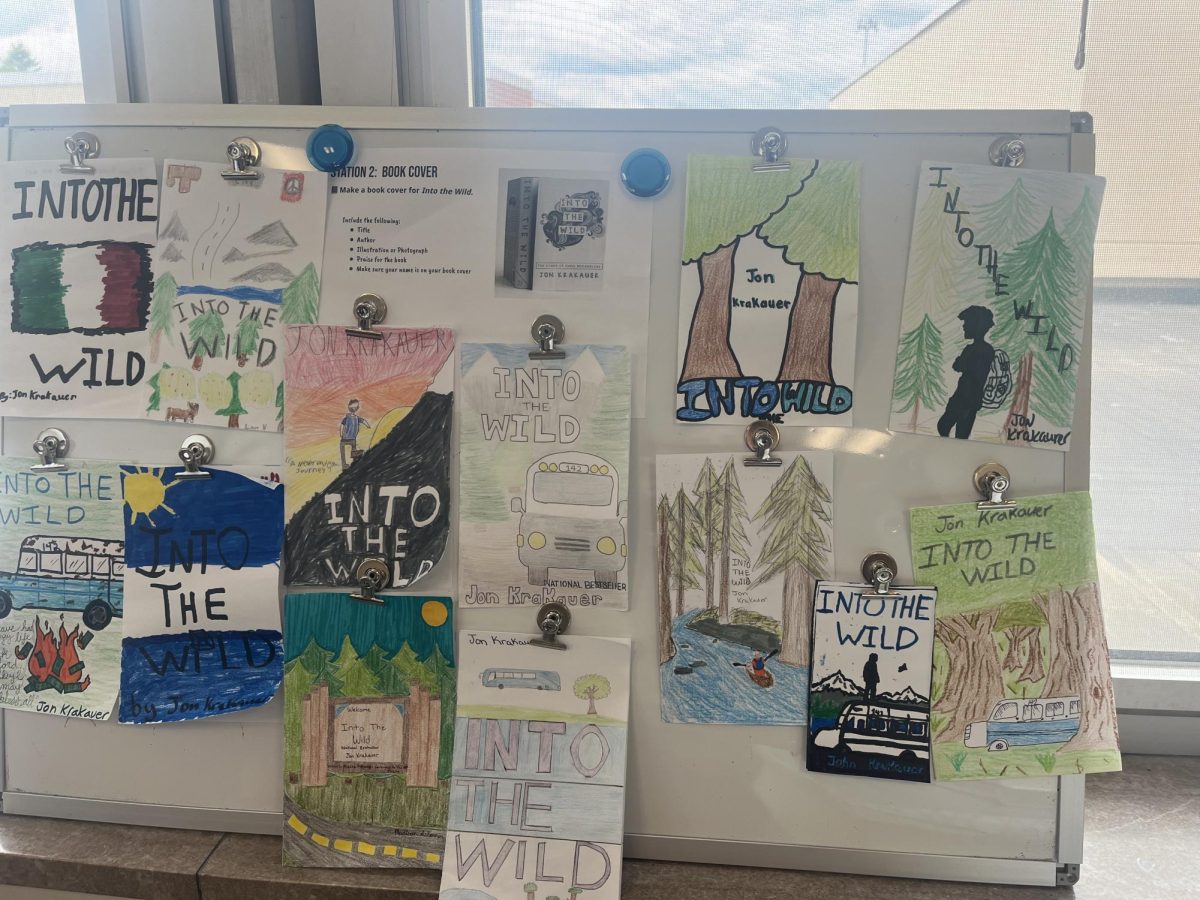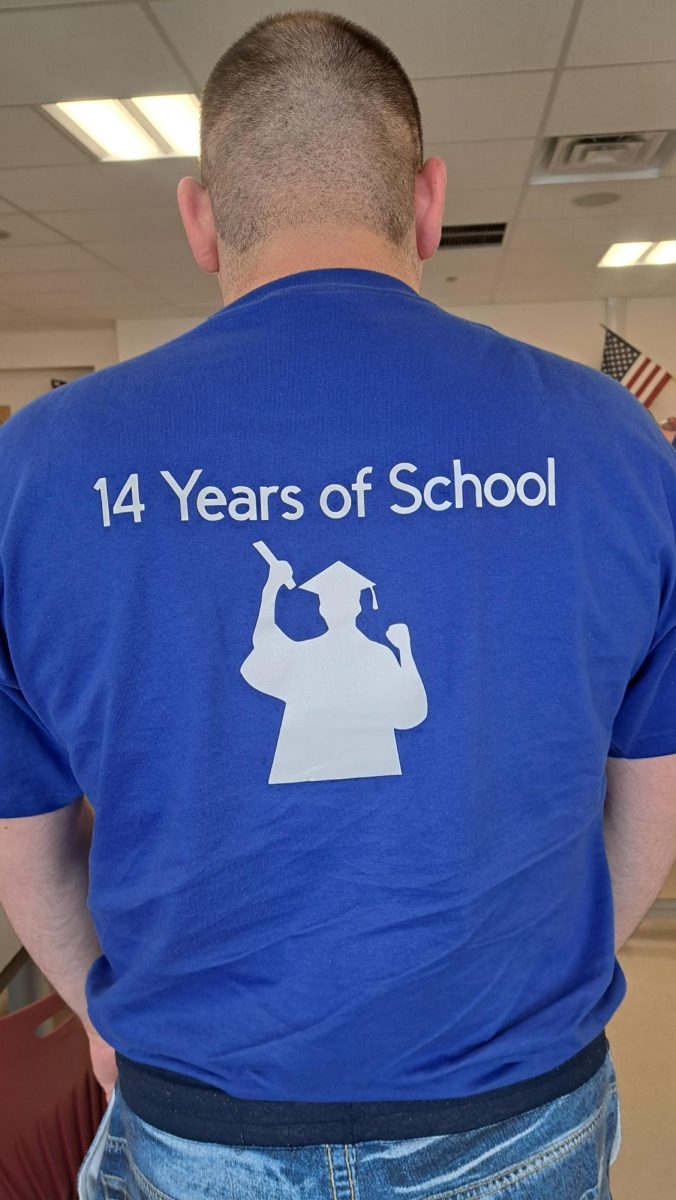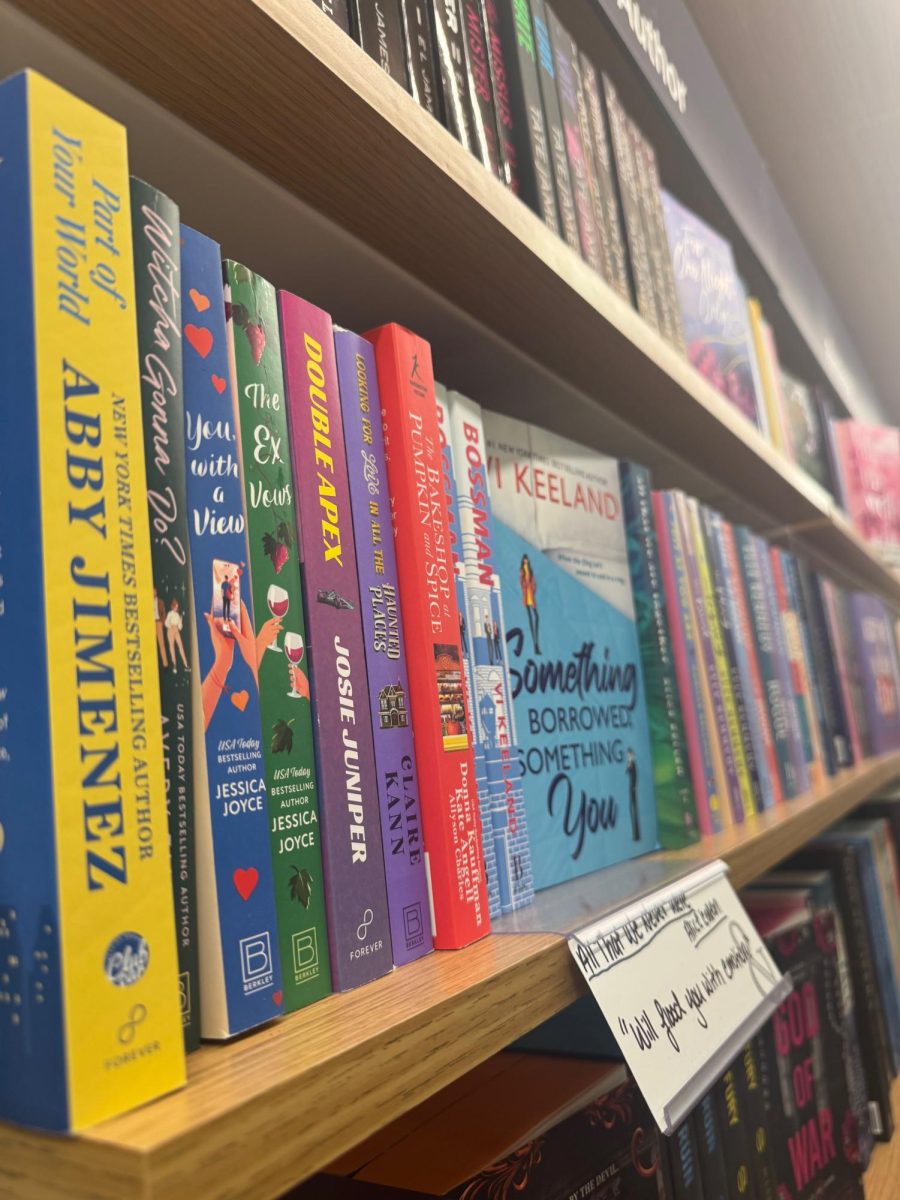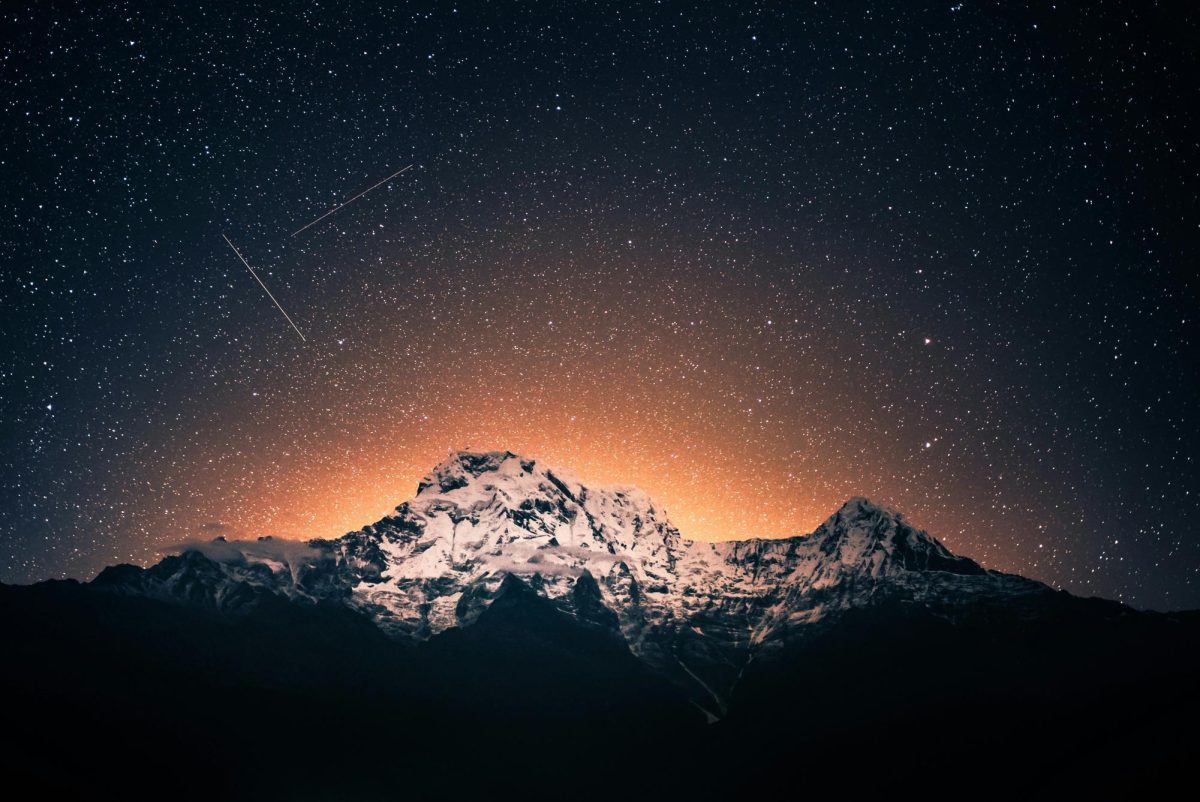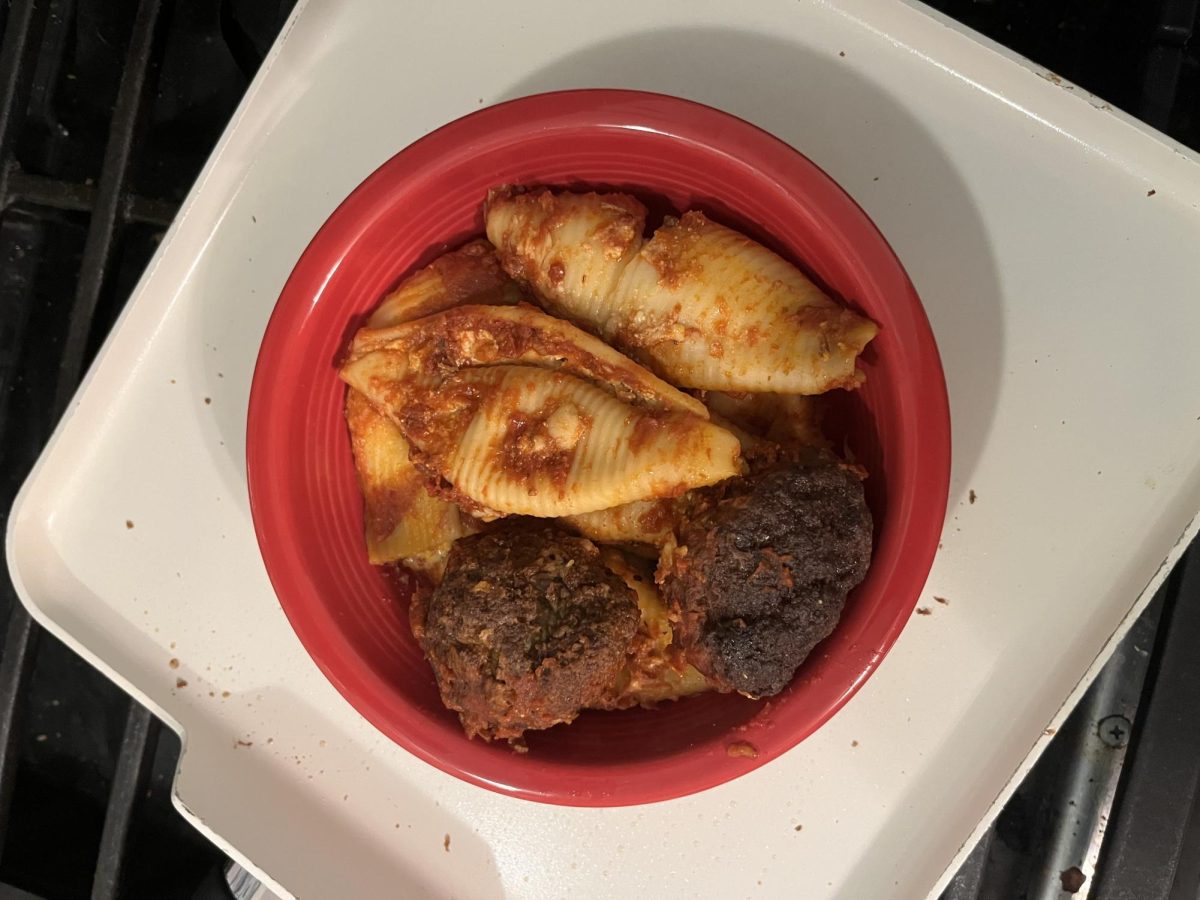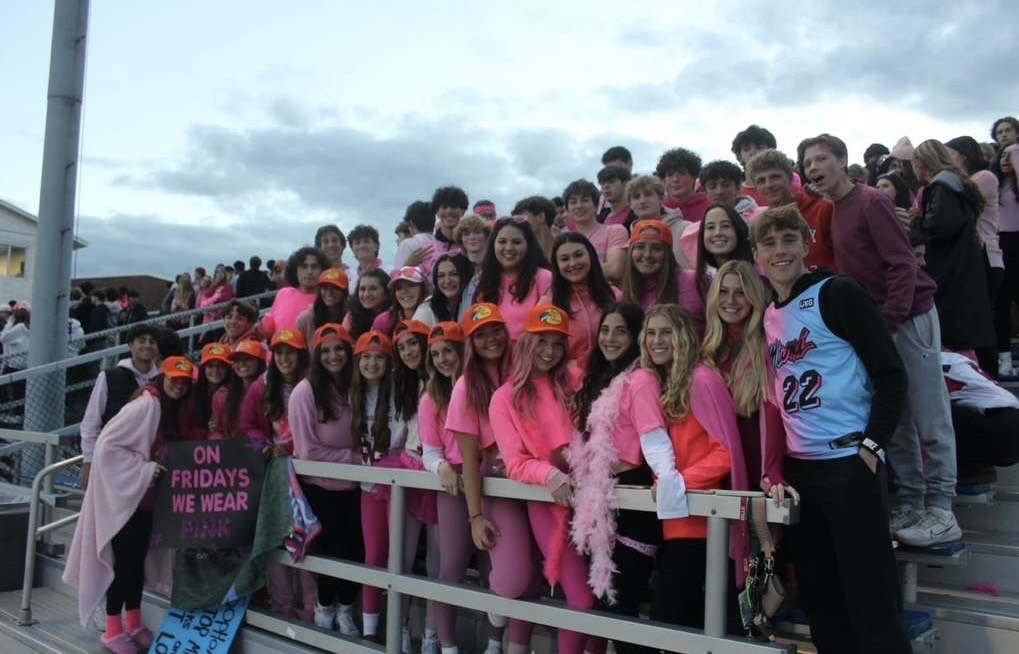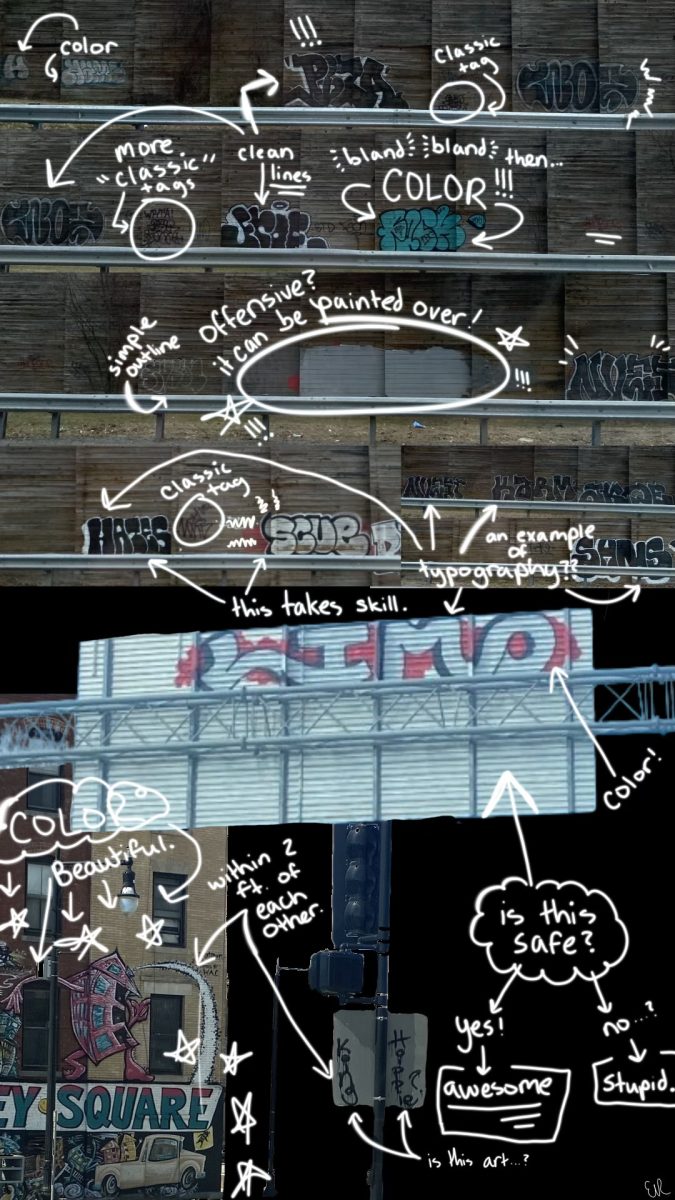It illuminates every alleyway.
It enchants the passing trains.
It adorns the blank brick walls.
Caught making it? It’s a class A misdemeanor.
Some see graffiti as an extremely destructive art, whereas others see the raw beauty within the ‘destruction.’
Mr. Vaughn, an art teacher at New Hartford Senior High School, helped begin the conversation about how people classify graffiti. When asked if graffiti is art, he replied “Yes, Graffiti is art. But… it’s complicated.” He went on to explain that graffiti is often created in public spaces without permission, and pondered if the lack of permission makes it less of an art form.
Then he mentioned, “Murals and street art might be their own subset of graffiti.” This brings up the argument that there are legal ways of creating this public art.
But does the fact that there are legal means of creating this art cheapen the graffiti made illegally?
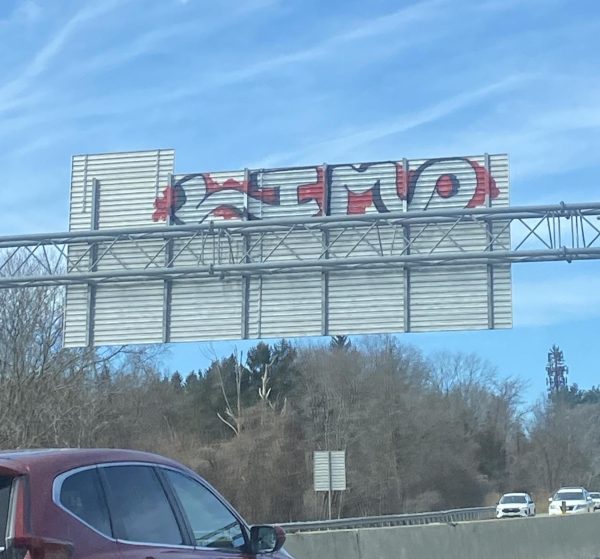
Mr. Vaughn then brought up artists like Banksy, and Keith Haring. One is a secret artist, and one is dead, but their art is eternal. Both created art illegally, and both made comments about the world around them. Keith Haring’s “Safe-Sex” campaign, after his AIDs diagnosis, is a prime example of this societal commentary.
According to Mr. Vaughn, this commentary helps “magnify voices that otherwise do not find a microphone in society.” Graffiti is a powerful tool, and helps society express the inequalities and injustices in a creative manner.
“Obviously, I don’t think I can answer your question with a simple ‘yes or no,’” Mr Vaughn concluded.
Saige Gilbert, a junior, explained that, although she enjoys graffiti when she sees it, her response depends on where and what it is. “There’s places it’s appropriate, places it’s not, and places it’s downright disrespectful,” she explains. Saige expressed her concerns about the connection between graffiti and gangs, but also acknowledged that some graffiti artists do it for the love of the craft.
Lynn Mizgala, another junior, had a similar opinion. She noted that she loves seeing graffiti on the sides of parked trains, but also said “there’s definitely a time and place for it.” She mentioned seeing graffiti on gravestones, and how it upset her when she saw it. She explained how so much graffiti is made without malice, but the few paintings that are disrespectful, ruin it for all graffiti artists.
In the end, “Is graffiti art?” is a loaded question… but it’s crucial that conversations surrounding street art happen.
